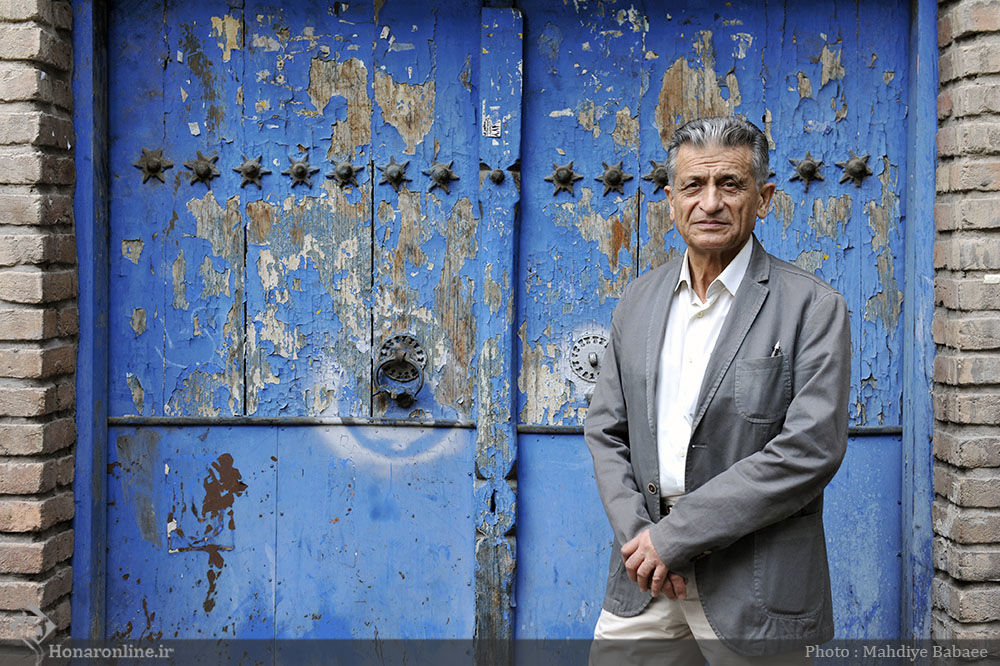Iranian Architect: Soltaniyeh Dome’s Double-Shell Structure Is Unique

TEHRAN. (Iranart) –Iranian architect Parviz Talaei says the Mausoleum of Il-khan Oljeitu, known as the Soltaniyeh Dome, a 700-year-old brick structure located near Iran's western province of Zanjan, is unique because it has double-shell structure, built of two parallel and completely separate brick layers connected with buttresses.
Speaking to Iranart, the prominent architect said he has been part of a team restoring the glorious Ilkhanid structure, built by Sultan Mohammad Oljeitu between 1302 and 1312 BCE. In his words, the structure is an outstanding example of Persian and Islamic architecture. The celebrated Italian architect Filippo Brunelleschi is said to have been inspired by the Soltaniyeh Dome when designing the dome of the Santa Maria Del Fiore cathedral in Florence.
On why he joined the restoration team, he said:
While in university, I worked with Professor San Paolozzi in the restoration project of Soltaniyeh. He is the dean of the Architectural College of Florence in Italy, Europe’s eternal capital of the Renaissance. We learned how it’s possible to build a whole new structure through this magnificent dome, which currently ranks third after Italy's Saint Mary Church in Florence and Turkey's Hagia Sophia Mosque in Istanbul.
We also learned more about certain obstacles during the work. At that time, there were heated debates and discussions about this new trend in places like France, Italy and England. Dr. Kasaei was heading the team. He wrote a book about the Dome and compared it with Florence Cathedral or the Cathedral of Saint Mary of the Flower in Florence. It was structurally completed by 1436, with the dome designed by Filippo Brunelleschi.
On the uniqueness of Soltaniyeh, he said:
The Dome was restored for certain purposes during the Oljeitu era. You can easily notice restoration works beneath the layers of paintings. He wanted to transfer the mausoleum of the first Shia Imam Ali (AS) to this place from Najaf, in order to turn it into a religious center. But then he realized it would be impossible. So he changed the decorative works. Stunning brick patterns and beautiful hexagon tiles decorated the Dome's interior, which was later covered up with plaster, colorful inscriptions and floral patterns.
Later, Khodabandeh’s burial chamber was also built there. Although the passage of time has left its mark on the structure, the interior retains its superb mosaics, faience and murals. There are ancient structures built with bricks in Italy that after one thousand years have come crashing down. The Dome's double-shell structure, built of two parallel and completely separate brick layers connected with buttresses, gives it a unique quality turning it into one of the world's most significant architectural examples. It even inspired many other Muslim cupola constructions such as the Taj Mahal in Agra, India.
The Soltaniyeh Dome was registered on UNESCO's World Heritage list in 2006 after the Naqshe Jahan square, Persepolis, the Chogha Zanbil Ziggurat, Takht-e Soleiman, Pasargadae, and the Bam Citadel.

